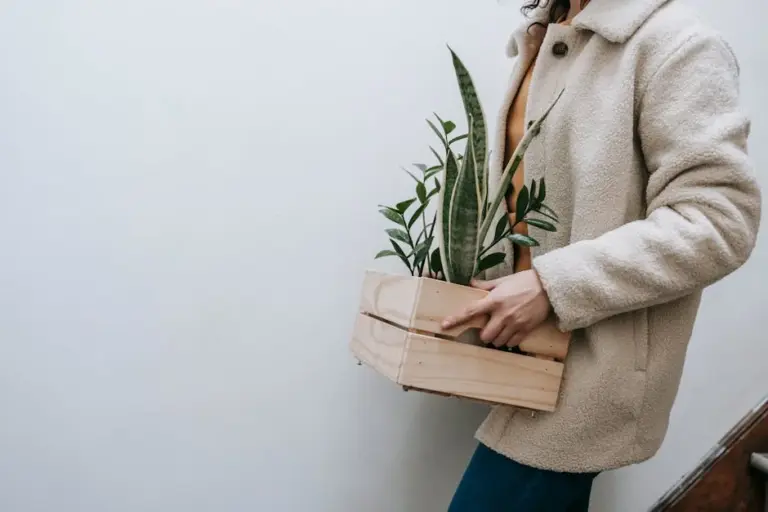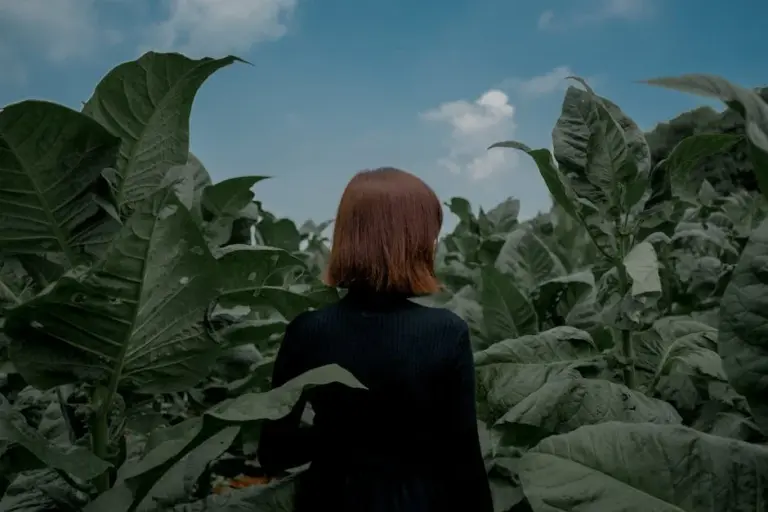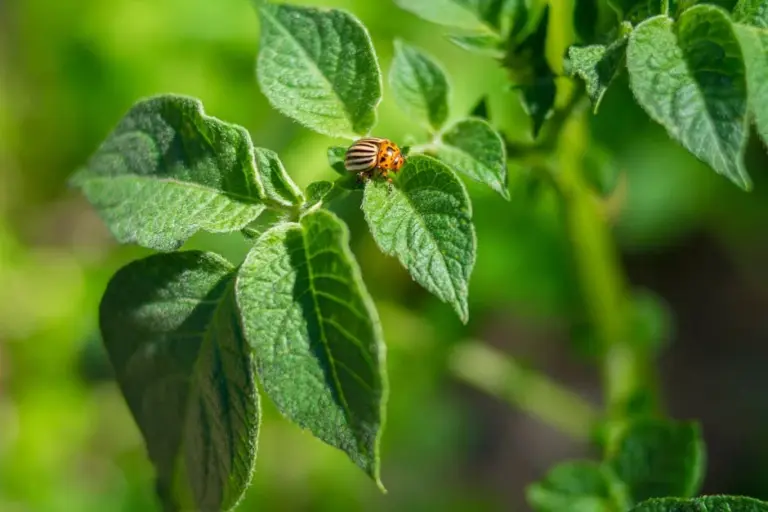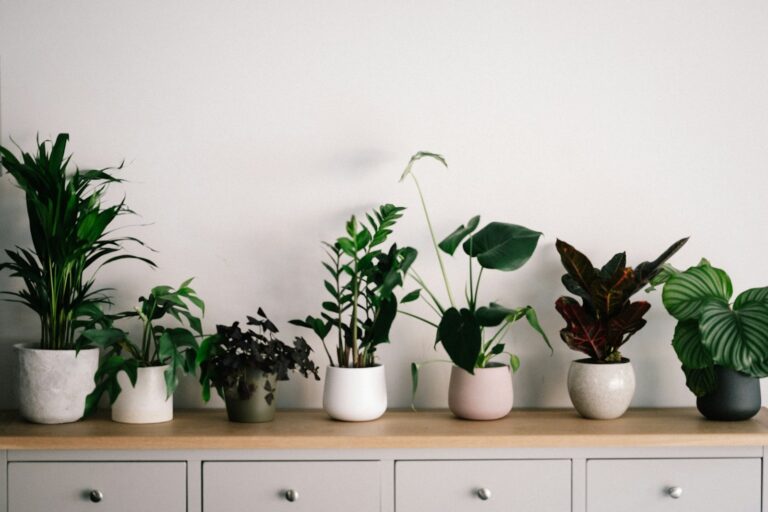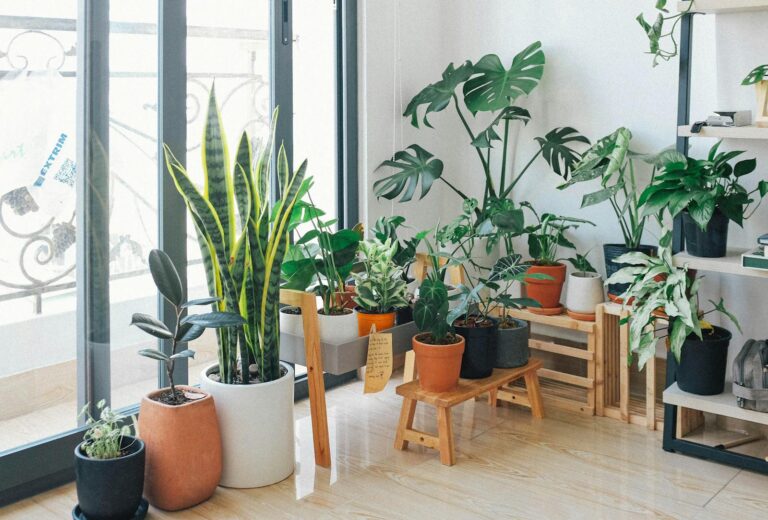Easy Ways to Refresh Your Indoor Plants After the Holidays for a Fresh and Lively Home
Once the decorations are packed away and things quiet down, it’s easy to notice your indoor plants looking a bit worn out. Maybe you forgot to water them or they’ve been pushed aside for holiday décor.
If your greenery seems tired or neglected, this is the perfect time to give them some attention. A few simple steps can help your plants perk up and bring energy back into your space.
Trim dead or yellowing leaves to encourage new growth
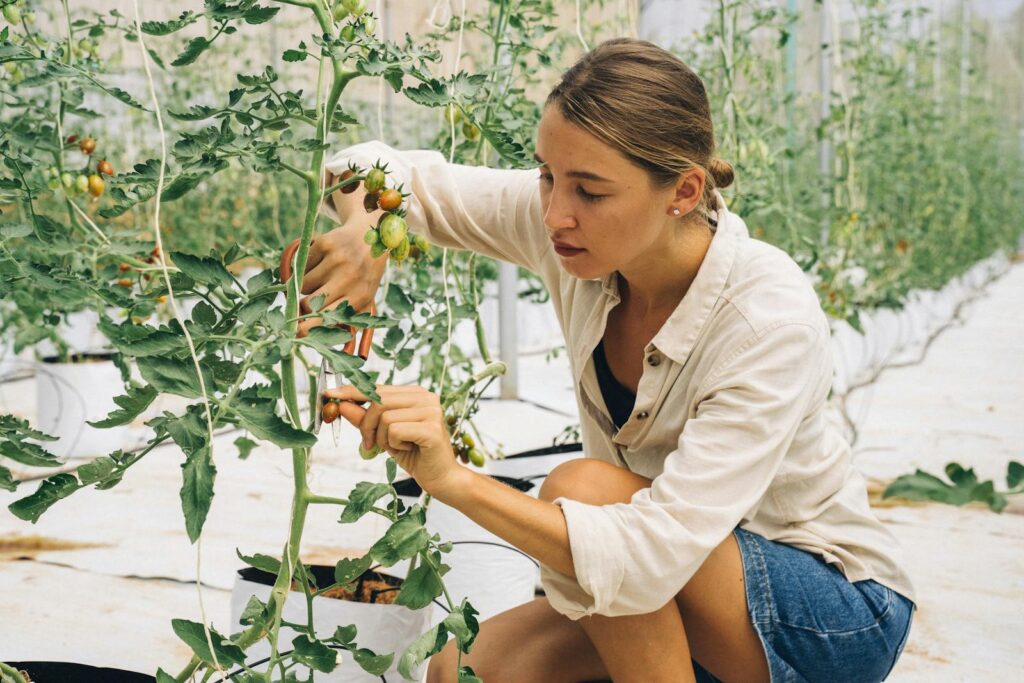
Check your plants for brown, yellow, or wilted leaves. These leaves drain energy from the healthy parts of your plant.
Use clean, sharp scissors to cut away any dead or dying leaves. Removing them helps your plant focus on new, healthy growth.
Trimming also keeps your plant looking fresh and can help prevent pests or disease. Don’t feel like you need to cut a lot at once.
It’s best to remove just the parts that are clearly dead or yellowing. This gentle approach lets your plant recover without extra stress.
If you want more tips on trimming, check this guide on how to trim dead leaves from plants.
Repot plants into fresh soil for better nutrient uptake
Over time, potting soil can get compacted and lose nutrients. Repotting gives your plants a fresh start and helps their roots take in water and food more easily.
Pick a pot that’s a little bigger than the current one. Add new potting soil that matches your plant’s needs.
Gently take your plant out of the old pot and loosen any tangled roots. Place it in the new pot with fresh soil.
Water well after repotting to help the roots settle in. This simple step can give your plant a big boost.
Group plants with similar care needs for easier maintenance
Try placing plants with similar light and water needs together. This makes it easier to remember their routines and keeps maintenance simple.
Grouping similar plants also helps them create a little microclimate. Their leaves can trap moisture and warmth, which is great for their health.
Spider plants, pothos, and peace lilies are good examples of plants that thrive together. Keeping care routines consistent for each group saves time and effort.
Arranging your plants by care type can also make your space look more organized. It’s a small change that can make indoor gardening feel less overwhelming.
Learn more about grouping plants for better growth and easier upkeep.
Increase humidity around plants using a pebble tray or humidifier
Dry indoor air can make plants struggle, especially after winter holidays. One easy fix is to use a pebble tray.
Fill a shallow tray with pebbles and add water just below the tops. Set your plant pots on the pebbles so the bottoms aren’t sitting in water.
As the water evaporates, it adds moisture to the air around your plants. If you want an extra boost, a humidifier works well for plants that love humidity.
Running a humidifier in the room can help tropical plants and others that need a bit more moisture. Some people like to use both methods for best results.
For a full guide on pebble trays, check out this complete humidity guide and DIY methods.
Wipe leaves gently with a damp cloth to remove dust
Dusty leaves can block sunlight and make your plants look dull. A quick wipe with a damp cloth can make a world of difference.
Use a soft cloth or sponge that’s just damp, not soaking wet. Gently wipe each leaf, supporting them from underneath if needed.
For stubborn dirt, add a drop of mild dish soap to your water. Rinse with clean water afterward to avoid leaving residue.
This works especially well for larger, sturdy leaves. Your plants will look fresher and healthier right away.
For more tips, see how to wipe large leaves with a damp cloth.
Move plants closer to natural light sources for improved health
Winter days can mean less sunlight for your indoor plants. Moving them closer to windows can help them get the light they need to recover.
South-facing windows are usually the brightest and work well for sun-loving plants. If your plants are in darker corners, try shifting them into brighter spaces.
Remember, some plants prefer indirect or low light. Watch for signs like pale leaves or leaf drop after moving them.
Rotating your plants and using light-colored walls nearby can help them get even more light. This simple change can make a noticeable difference.
For more tips on using natural light, check out this guide on how to maximize light for your indoor garden.
Use a balanced liquid fertilizer to boost plant vitality
Sometimes your plants just need a little extra nutrition. A balanced liquid fertilizer can help them bounce back.
Choose a fertilizer with equal parts nitrogen, phosphorus, and potassium. Mix it with water as directed and apply to the soil or spray on the leaves.
Liquid fertilizers work quickly, giving your plants a gentle boost. Be careful not to overdo it, as too much can harm your plants.
Stick to a regular schedule and always check how your plants are doing before feeding again. Learn more about using liquid fertilizers the right way in this helpful guide.
Prune leggy stems to promote fuller growth
If your plants are looking tall and spindly, they might be getting leggy. This often happens when they don’t get enough light.
Use clean scissors or pruning shears to cut just above a leaf node. This encourages new, bushier growth.
Pruning helps your plant grow stronger and look fuller. It’s a quick way to refresh their shape and health.
For more tips on pruning, check this guide on how to fix leggy plants that are stretching too much.
Rotate plants regularly for even sunlight exposure
Plants naturally lean toward the light, which can make them grow unevenly. Rotating your plants every week helps all sides get enough sun.
Turn your plants about a quarter turn every five to seven days. This keeps growth balanced and leaves looking healthy.
Rotating also helps prevent yellowing or dropping leaves on the shaded side. It’s a simple habit that pays off over time.
For more advice, see this guide on how to rotate indoor plants for even sunlight exposure.
Add decorative risers or stands for a layered plant display
Changing up how you display your plants can make your space feel new. Try adding risers or stands to give your plants different heights.
Wooden blocks, metal stands, or even old crates can work as plant risers. A layered display lets smaller plants catch more light and adds visual interest.
Mixing heights makes your indoor garden look more dynamic. Rolling stands are handy if you like to rearrange your plants often.
Check out some creative plant risers for ideas that fit your style.
Understanding Post-Holiday Plant Stress
It’s common for plants to look a bit off after the holiday rush. Shifts in light, temperature, and routine care can leave them stressed.
Knowing what to look for can help you get your plants back on track. Yellowing, wilting, or dropping leaves are all signs your plant might be struggling.
You may notice slow growth or crispy edges on leaves. Some plants even lean toward windows, searching for more light.
Changes in watering routines or dry indoor air can also cause stress. Soil that’s too wet or too dry can make things worse.
Holiday decorations often block sunlight, and shorter days mean less light overall. Heating systems dry the air, which can be tough on tropical plants.
Drafts from doors or windows can lower temperatures suddenly. All these factors can combine to make recovery a challenge.
Start by checking light levels, watering carefully, and adding humidity if needed. Small adjustments can help your plants recover.
For expert tips, explore this post-holiday plant clinic guide.
Creating an Ideal Recovery Environment
Helping your plants bounce back is all about their environment. Focus on light, humidity, and temperature to support their recovery.
Optimizing Light and Placement
Most indoor plants do best with bright, indirect light. Place them near windows that get plenty of natural light but avoid direct sun that can scorch leaves.
If your home doesn’t get much sunlight, consider using grow lights for 10 to 14 hours a day. Rotate your plants so all sides get even light.
Keep plants away from drafty spots or heating vents. Sudden temperature changes can stress your plants even more.
Check what kind of light each plant prefers and adjust their placement as needed. This helps them regain strength more quickly.
Maintaining Consistent Humidity and Temperature
Have you ever noticed your indoor plants looking a bit sad and droopy? Sometimes, the problem is as simple as the air in your home.
Most houseplants like humidity levels between 40% and 60%. You can help them by misting their leaves, setting up a pebble tray with water, or using a humidifier.
Try not to put your plants near heaters or air conditioners. These devices dry out the air and can cause big temperature changes.
Keep your room temperature steady, ideally between 65°F and 75°F. Most indoor plants feel comfortable in this range.


